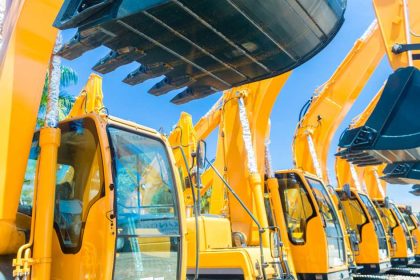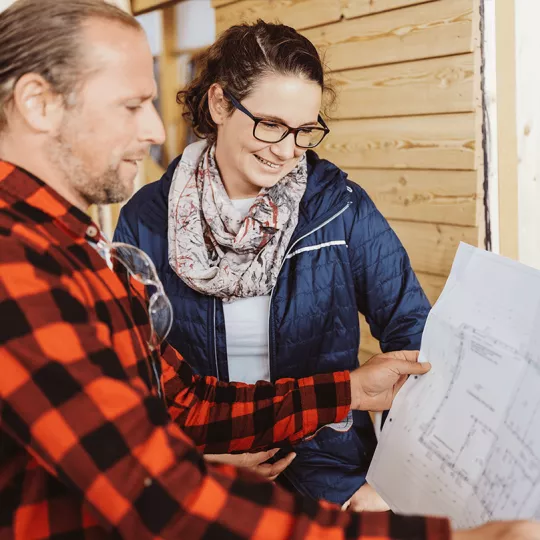Ongoing ignorance around the dangers of working with silica dust could cost thousands of tradies their lives, health experts have warned.
Construction safety watchdogs have long scrutinised the health risks of working with the deadly substance, which is found in numerous building materials.
Once inhaled, the dust particles can lead to silicosis, an irreversible and deadly disease believed to be lurking in the lungs of thousands of Aussie tradies.
Following years of advocacy from health groups and trade unions, one of the most dangerous silica-containing products, engineered stone, was finally banned this July.
However, tradies still use other silica-dust-containing materials on a daily basis, including sand and sandstone, concrete and mortar, granite, demolition dust, and manufactured stone.
Concerns have now been raised that those tradies still working in silica-inclusive industries are showing signs of low safety awareness and lax attitudes towards silicosis protection.
As part of National Safe Work Month, a recent Lung Foundation Australia survey of 500 workers in at-risk industries revealed that less than half of tradies think about their lung health when engaging in activities that expose them to silica dust.
Meanwhile, only 23 per cent said they were concerned about developing silicosis, with a third knowing the disease is incurable.
Lung Foundation Australia CEO Mark Brooke told Build-it that the survey exposed a need for tradies to take a proactive approach to their lung health and become more aware of the remaining silicosis risks.
“While the recent ban on engineered stone marks a significant step forward in protecting workers from silica dust, there’s still more work to be done,” he said.
“There is an ongoing need for awareness, better education, and a cultural shift in how we address workplace lung health.”
“The results support this call for ongoing awareness around silicosis, specifically highlighting the importance of education in encouraging workers to be more proactive about their lung health as well as workplaces to take lung health as seriously as they do other workplace hazards.”
Shock new silicosis stats:
- 78% are aware of silica dust risks, but only 23% worry about silicosis.
- 36% know silicosis symptoms, rising to 73% if they know someone with the disease.
- 34% understand silicosis is incurable, with older Australians being more informed.
- 49% think about lung health when exposed to dust.
- Only 23% know silicosis can be asymptomatic.
- 8% discussed silicosis with GP; up to 45% among those who know silicosis sufferer.
- Knowing someone with silicosis increases awareness of materials containing silica dust.
Tradies left in the dust as silicosis here to stay
Nicknamed the ‘new asbestos’, silicosis can take years to develop in workers exposed to silica dust – with 23 per cent of silicosis sufferers asymptomatic.
This stealth nature of the disease makes it a silent killer, with only 8 per cent of tradies discussing the lung disease with their GP or a medical professional. However, for those who knew someone with the illness, this figure rose to 45 per cent.
Mr Brooke told Build-it that despite engineered stone now being banned, Aussie tradies were likely to suffer from high rates of silicosis for years to come, with the disease remaining a ticking time bomb in many of their lungs.
“There is a very high likelihood we will see silicosis numbers increase across industries,” he explained.
“The level of exposure and the length of time a person is exposed will affect the type of silicosis that may develop.”
“Some recent studies, conducted by Curtin University, estimate that between 83,000 and 100,000 silicosis cases could arise from exposure if exposure to silica dust is not adequately controlled.”








